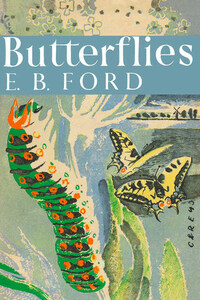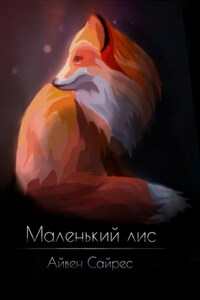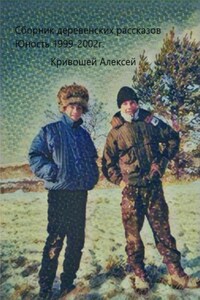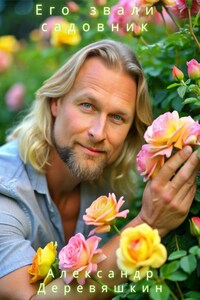Collins New Naturalist Library
1
JAMES FISHER M.A.
JOHN GILMOUR M.A.
JULIAN S. HUXLEY M.A. D.Sc. F.R.S.
L. DUDLEY STAMP B.A. D.Sc.
PHOTOGRAPHIC EDITOR:
ERIC HOSKING F.R.P.S.
The aim of this series is to interest the general reader in the wild life of Britain by recapturing the inquiring spirit of the old naturalist. The Editors believe that the natural pride of the British public in the native fauna and flora, to which must be added concern for their conservation, are best fostered by maintaining a high standard of accuracy combined with clarity of exposition in presenting the results of modern scientific research. The plants and animals are described in relation to their homes and habitats and are portrayed in the full beauty of their natural colours, by the latest methods of colour photography and reproduction.
TO THE MEMORY
OF MY FATHER
HAROLD DODSWORTH FORD
WITH WHOM
I COLLECTED BUTTERFLIES FOR THIRTY YEARS
THE AUTHOR of this book, we felt, had unique qualifications for writing the kind of work on British Butterflies that we wanted in the New Naturalist Series. Dr. Ford has been an enthusiastic butterfly collector since youth; he is not only a professional biologist of distinction but he has brought his wide general knowledge of genetics and evolution (he is Reader in Genetics at the University of Oxford) to bear on the problems arising out of his collecting. Thus, his recreation has also become part of his scientific career, and he has been able to see butterflies both as an absorbing hobby and as part of the great panorama of biology.
The resultant book is in our opinion an outstanding contribution to Natural History in the best sense of the word. Natural History is not something inferior to science; it is part of science, inviting an approach by way of field study. In regard to butterflies, the older naturalists were of necessity concerned with such aspects of biological science as identification, classification, localities, life-histories and habits; in this volume Dr. Ford shows how they can make their contribution in other biological fields, such as genetics, selection, evolution, population studies, ecology and behaviour.
Dr. Fordâs book contains a somewhat higher proportion of scientific theory and technical ideas than most books on Natural History; but we are certain that for the great majority of amateurs this will be a stimulus rather than an obstacle. In ornithology, the amateur birdwatcher has in the last ten or fifteen years become increasingly linked with the professional biologist, with fruitful results for both sides. We believe that Dr. Fordâs book may help to mark the beginning of a similar movement in entomology.
One of the distinctive features of the NEW NATURALIST series is its utilization wherever possible of the latest technique of colour photography. Readers of this book will, we are sure, agree that Mr. Beaufoy, in his colour photographs of living insects, has given the world a series of remarkable results, which in many cases have exceeded all reasonable expectations.
Another notable feature of the book is the series of distribution maps prepared by Dr. Ford. So far as we are aware, nothing so effective has previously appeared for any group of British animals.
THE EDITORS
THERE are many books on British butterflies but none on their general biology. A few authors have indeed summarized certain aspects of recent research upon insects as a whole, yet it remains true that no book exists which treats of the varied phenomena to be encountered in studying the butterflies of our islands, nor is there one which uses them as a theme upon which to base discussions of the many remarkable problems which they present. This gap in the literature I have now attempted to fill.
It has always appeared to me that evolution is the key-note of biological study and research; consequently, while as far as possible avoiding over-emphasis, I have allowed that point of view somewhat to influence the construction of this book. Taking a variety of problems, relating to structure, the senses, classification, habits, distribution, means of dispersal, and genetics, I have, as it were, adjusted them so as to converge upon the last three chapters which are all concerned, directly or indirectly, with evolution. Furthermore, deeply impressed as I am with the importance of the past in interpreting the present, the historical setting of a subject has a value which, so it seems to me, is sometimes under-estimated, at least in science. Thus I have begun this book with a recent history, that of British butterfly collecting, and ended it with a remote one, that of the origin of our butterfly fauna; a subject which it only becomes possible to discuss after building up biological arguments and data throughout the intervening chapters.








